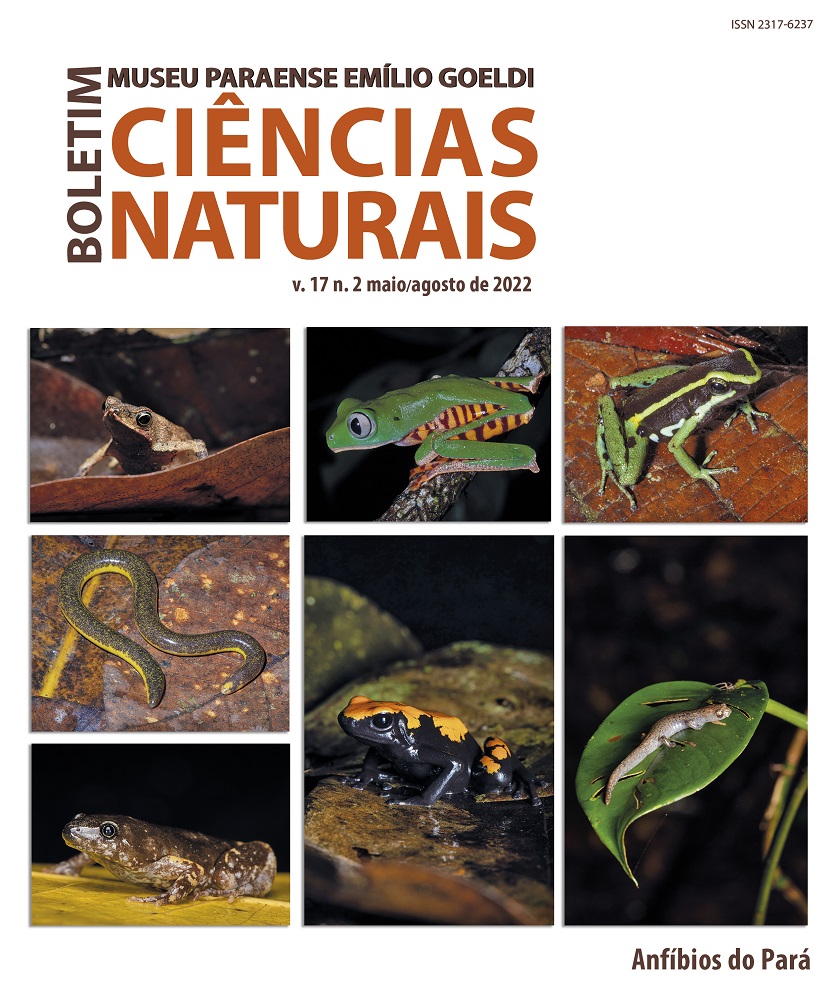Pedoenvironmental characterization as a subsidy to the creation of a conservation unit in the city of Jordão, state of Acre
DOI:
https://doi.org/10.46357/bcnaturais.v17i2.802Keywords:
Sustainability, Environmental vulnerability, Pedology, Environmental managementAbstract
The Conservation Units constitute important and strategic instruments for the protection of biodiversity. The present study aimed to perform the pedoenvironmental characterization (soils and environments) of an area with 61,690 hectares intended as a Conservation Unit in the city of Jordão (Acre), in order to support its territorial management. To this end, typical soil survey activities were performed, namely: prospecting, opening trenches, collecting samples and morphological description of soil profiles, physical and chemical analyses of the soil and taxonomic classification, according to the Brazilian Classification System of Soils. In addition, considering the aspects inherent to the genesis, morphology and landscape, the stratification of the area was carried out in pedoenvironments. The soils were classified as Cambisoils, Gleysoils, Luvisoils, Plintosoils and Neosoils. These soils presented eutrophic character, high cation exchange capacity, high activity of the clay fraction, shallow depth of the solum and drainage restriction, which are characteristic for other Amazonian soils. The pedoenvironmental stratification highlight usage restrictions of the soils, as they show limitations with regard to morphological and physical attributes that appear as essential factors for the creation of a conservation unit in the city.
Downloads
Published
Issue
Section
License
Publication means fully assigning and transferring all copyrights of the manuscript to the journal. The Liability Statement and
Assignment of Copyrights will be enclosed with the notice of acceptance. All the authors must sign the document and return it to the journal.






